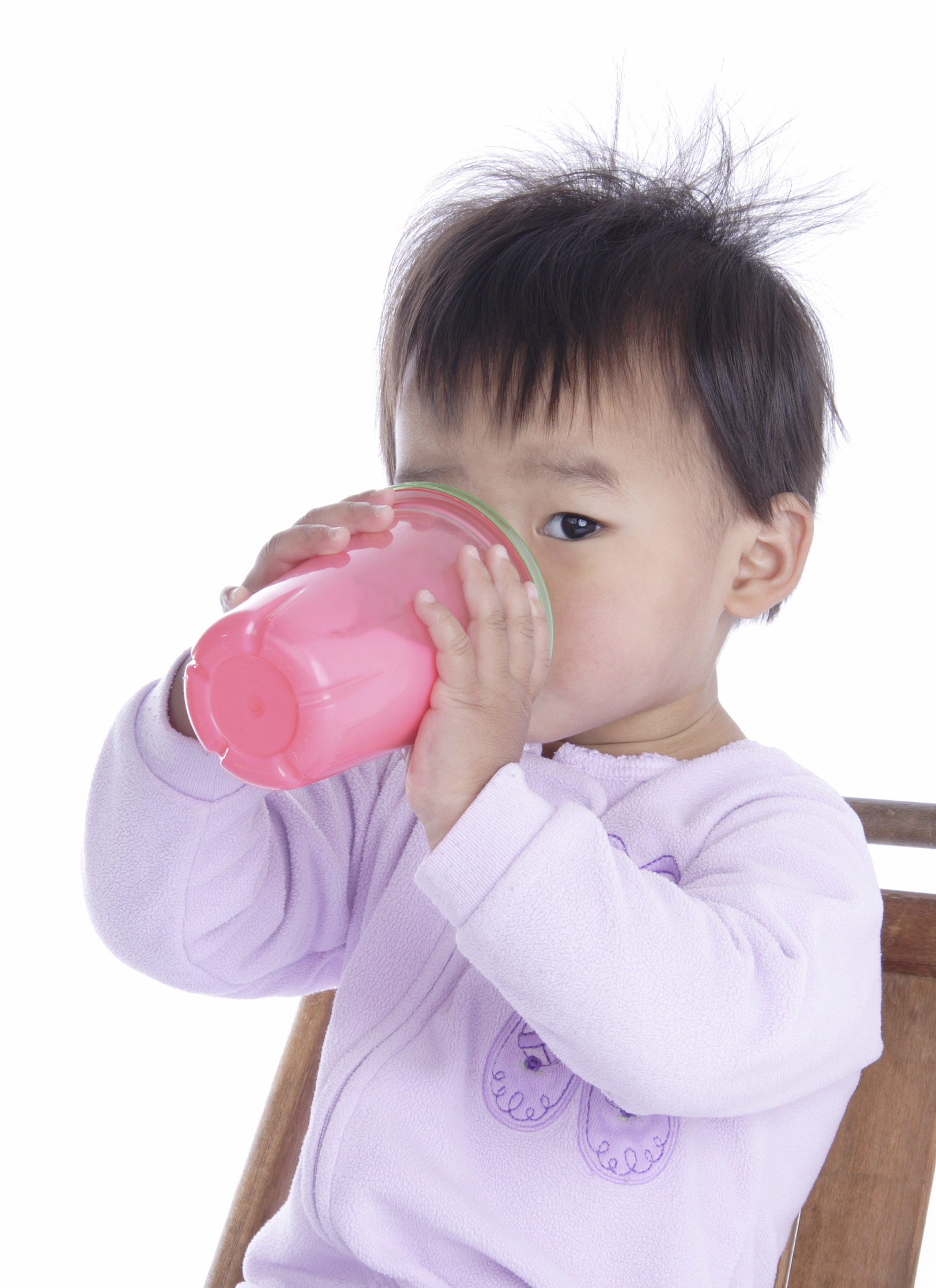 Many parents believe they have addressed their kids’ exposure to chemicals from plastics by switching to glass or stainless steel bottles and snack containers. But a new study by researchers at Seattle Children's Hospital finds that in fact babies and toddlers eating a typical diet are ingesting phthalates at unsafe levels.
Many parents believe they have addressed their kids’ exposure to chemicals from plastics by switching to glass or stainless steel bottles and snack containers. But a new study by researchers at Seattle Children's Hospital finds that in fact babies and toddlers eating a typical diet are ingesting phthalates at unsafe levels.
The chemicals, researchers say, are coming from our food and its packaging.
The study, published in Environmental Health, found that diets of infants over six months of age that are high in meat (especially poultry) and dairy exceed safe phthalate levels by more than four times the recommended limit.
The diets of women of childbearing age and teenagers, in comparison, did not register unsafe levels of the toxins. This is likely because babies consumer more food relative to their body weight, said Dr. Sheela Sathyanarayana, a Seattle Children’s Research Institute environmental medicine expert and the study’s co-author.
Sathyanarayana consolidated research from 17 international studies to track trends. Her team did two things: Combined food data across multiple studies and estimated exposure across diets (for three groups: infants up to about 2 years old, adolescents and women of reproductive age).
Phthalate levels were compared to the Environmental Protection Agency reference dose for potential toxicity, Sathyanarayana said. Researchers looked at three different infant diets: Typical diets; diets high in fruits and vegetables; and diets high in meat and dairy.
Meats and higher-fat dairy (cream and cheese) were found to be contaminated with the highest concentrates of the chemicals.
"We were surprised and concerned to learn a baby’s typical diet would expose them to more phthalates than the U.S. Environmental Protection Agency reference dose for safety,” Sathyanarayana said.
Not enough to switch the snack cup
Parents might be surprised to learn that avoiding plastic bottles, sippy cups, snack cups and plastic mouthing toys is not enough to reduce their children's exposure.
"I do think that the knowledge has evolved over time. We know that foods themselves may be contaminated, through processing, packaging, storage — factors upstream that you can't necessarily control."
"What was put into the media about all of the plastics in our environment [a few years ago], that was one source of exposure. I have personally held that was wasn't a large source of exposure unless you were heating in plastic," Sathyanarayana said. "Regardless, it's a great practice to get rid of those plastic containers."
Sathyanarayana's study showed that diets high in fruits and vegetables had the lowest levels of phthalates. (And she doesn't believe there's a difference in toxicity between organic and non-organic foods.)
The highest levels of phthalates were found in diets heavy in high-fat dairy and meat.
The chemicals are also found in the air, receipt inks, body-care products and other everyday places.
Phthalates are endocrine disruptors that can affect hormones such as estrogen and testosterone, which help control body, brain and reproductive development, according to Children's. Children who are exposed to phthalates during development may experience effects throughout their lives, including changes in reproductive organs or increased allergies.
Reducing exposure
So what are we supposed to do?
Here are some additional tips families can follow to reduce exposure to phthalates and BPA (another plastic chemical):
- Buy low fat dairy products such as skim milk and low fat cheeses. Avoid high fat foods such as cream, whole milk and fatty meats.
- Buy fresh or frozen fruits and vegetables. Avoid canned and processed foods.
- Purchase items that are phthalate-free.
- Minimize personal care product use, which can contain high levels of phthalates.
- Use glass, stainless steel, ceramic or wood to hold and store foods instead of plastics.
- Do not microwave foods/beverages in plastic.
- Do not use hard, polycarbonate plastics for hot liquids.
- Encourage frequent hand washing to remove chemicals from children’s hands.
- Minimize handling of receipts, which contain chemicals.
- Take shoes off at home to avoid tracking in dust that may contain these chemicals.
- Keep carpets/windowsills clean. Vacuum and wet dust frequently to minimize dust that may contain these chemicals.











